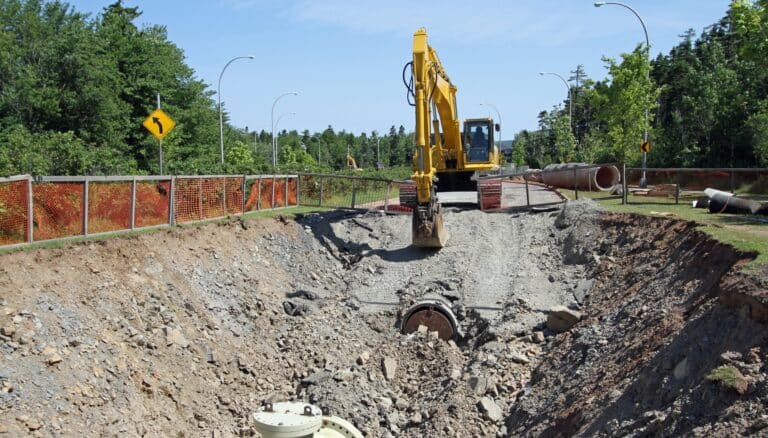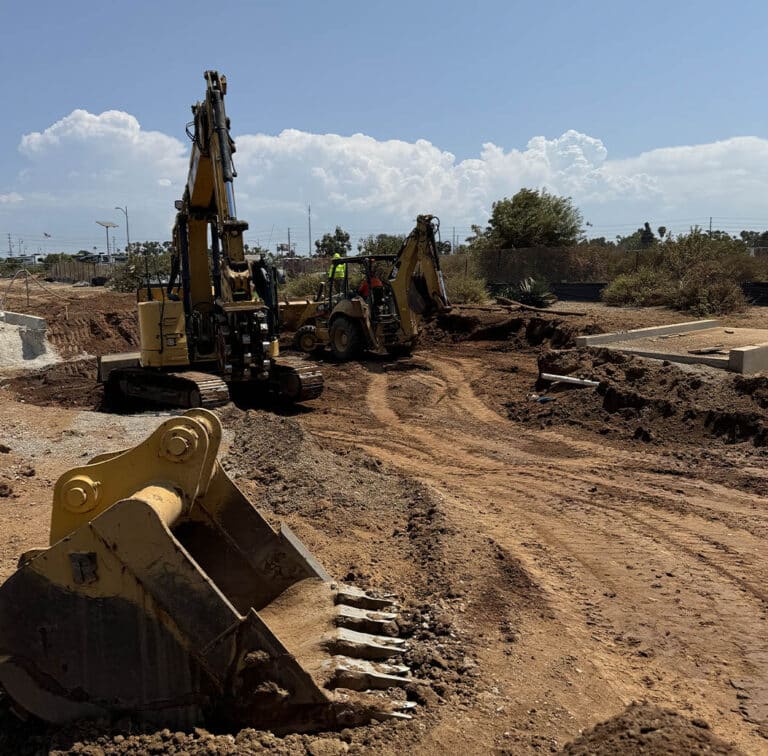A backed-up drain or sewer line isn’t just an inconvenience—it’s a health hazard, a property risk, and a stressor no homeowner wants. Left unchecked, what starts as a slow drain or bad smell can escalate into costly water damage or raw sewage backups. That’s where professional Sewer and Drain Repair services become essential.
This guide breaks down everything you need to know about sewer and drain repair: common signs of failure, diagnostic tools, repair options (traditional vs trenchless), maintenance strategies, and expert advice. Whether you’re dealing with a recurring clog or a more serious underground pipe issue, you’ll find practical insights that can help you make smart, informed decisions—and know when to call in a pro.
Why Sewer and Drain Repair Matters
Recognizing the Warning Signs
Early signs of sewer or drain problems include:
- Gurgling noises from toilets or drains
- Slow draining sinks, tubs, or showers
- Sewage smells inside or outside the home
- Frequent clogs in multiple drains
- Lush patches of grass near the sewer line
Ignoring these symptoms can lead to major problems like pipe collapse or raw sewage exposure.
The Risks of Delaying Repairs
- Property damage from backups
- Mold growth due to water leaks
- Soil erosion and foundation problems
- Health issues from bacteria and gas exposure
Diagnosing the Problem: Inspection & Evaluation
CCTV Drain Camera Inspections
A sewer camera inspection is the gold standard for diagnosing underground pipe issues. These waterproof cameras can:
- Locate blockages, cracks, and root intrusion
- Provide video evidence for insurance claims
- Help plan targeted repairs
Acoustic & Locating Tools
In addition to cameras, pros use acoustic sensors and electronic locators to find exact damage spots—no guesswork needed.
DIY vs Professional Evaluation
A plunger or store-bought snake might work temporarily, but without seeing inside the pipes, you’re only treating the symptoms. Professional evaluations provide lasting solutions.
Common Causes of Sewer & Drain Problems
Tree Root Intrusion
Tree roots are drawn to moisture. Once they enter a tiny crack, they expand and clog the pipe completely.
Pipe Decay and Corrosion
Older pipes made of cast iron, clay, or Orangeburg deteriorate over time, leading to cracks and collapses.
Bellied Pipes & Misalignments
Soil shifts can cause pipes to sink, creating low spots where waste collects—eventually leading to a clog or collapse.
Grease and Non-Flushable Debris
Never pour grease down the drain or flush items like wipes or feminine products. These cause stubborn blockages that need mechanical clearing.
Sewer and Drain Repair Options Explained
Snaking & Mechanical Cleaning
For basic clogs, a power auger (snake) can cut through debris and clear the line quickly.
Hydro-Jetting
Hydro-jetting uses high-pressure water to blast away grease, roots, and sediment—great for recurring clogs.
Spot Repairs vs Full Replacements
Minor issues may be fixed with a localized repair. Extensive damage may require full line replacement or relining.
Open-Trench Method
This traditional method involves digging up the damaged pipe and replacing it—more disruptive but still effective.
Trenchless Repair (Pipe Bursting & Relining)
Trenchless technologies avoid large-scale digging. Options include:
- Pipe bursting (replaces old pipe by breaking it and pulling in a new one)
- Cured-in-place pipe (CIPP) relining (a flexible resin liner is inserted and hardened)
These are faster and minimize landscape damage.
Pros and Cons of Different Repair Methods
| Method | Pros | Cons |
|---|---|---|
| Snaking | Quick fix, low cost | Temporary, can’t remove roots |
| Hydro-Jetting | Deep clean, no chemicals | Not for brittle pipes |
| Trench Repair | Long-term fix | Requires excavation |
| Trenchless | Fast, less invasive | May not suit all situations |
Choosing the Right Pipe Material
Best Options Today
- PVC or ABS: Resistant to roots, corrosion-free, smooth flow
- HDPE: Highly durable, flexible, chemical-resistant
Avoid These If Possible
- Cast iron: Prone to corrosion
- Clay: Cracks easily, root-prone
- Orangeburg: Paper-based, known for early failure
Preventive Maintenance Strategies
Smart Usage Habits
- Don’t pour grease, oil, or paint down drains
- Avoid flushing anything but toilet paper
- Use hair catchers in showers
Regular Inspections
Schedule annual inspections—especially if you’ve had past problems or your system is over 20 years old.
Tree Root Management
Consider root barriers or safe chemical treatments if trees grow near sewer lines.
DIY Tips and When to Call the Pros
Safe DIY Options
- Try hot water + vinegar + baking soda for minor drain issues
- Use a hand auger (not coat hangers!) carefully
Know When to Call
- Recurring clogs
- Sewage smells or backups
- Gurgling sounds in multiple fixtures
- Wet patches in your yard
Unique Insights You Won’t Find Everywhere
How Soil Moisture Affects Pipes
In dry climates, contracting soil can shift pipes and cause disconnections. In wet regions, over-saturated soil can stress joints or lead to pipe bellies.
Smart Sensors for Early Warning
Newer systems allow installation of sensors that alert you via app if a pipe fails or a leak starts underground—great for rentals or second homes.
Real-World Case Study: Trenchless in Action
A family in El Cajon had repeated backups. A camera inspection revealed a root-infested clay pipe. Using trenchless relining, the plumber inserted a new resin liner without digging up the landscape. The job was done in one day—no driveway damage, no trenching.
🔍 Quick Takeaways
- Sewer issues often start with slow drains or strange smells.
- Tree roots and pipe age are common culprits.
- CCTV inspections provide clarity and accuracy.
- Trenchless repair offers fast, minimally invasive solutions.
- Regular maintenance prevents most major problems.
- Know your limits: DIY is fine, but pros are best for underground work.
Conclusion
A sewer or drain problem can disrupt your day—or your life. But with the right knowledge and expert help, it doesn’t have to. Whether it’s a tree root invasion, a collapsed line, or just a stubborn clog, Sewer and Drain Repair services can restore flow, protect your property, and give you peace of mind.
Don’t wait until the damage is extensive. If you notice the warning signs or just want a check-up, reach out to a trusted local plumber. Professional support today can prevent a disaster tomorrow.
FAQs
Q1: How do I know if my sewer line is broken or just clogged?
If you’re experiencing multiple drain issues, gurgling sounds, or foul odors, it’s more than a clog. A camera inspection can confirm the cause.
Q2: What’s the best way to clear a blocked drain?
For minor clogs, try a mixture of vinegar and baking soda or use a plunger. For tougher issues, hydro-jetting is highly effective.
Q3: How long do trenchless repairs last?
Trenchless relined pipes can last 50+ years with proper maintenance.
Q4: Can tree roots really break sewer pipes?
Yes, roots can enter even tiny cracks, grow rapidly, and cause severe blockages or structural damage.
Q5: How often should sewer lines be inspected?
Every 1–2 years is ideal for older systems. If you’ve had problems in the past, yearly inspections are a wise investment.
💬 Let’s Hear From You!
Was this guide helpful? Have you dealt with sewer or drain issues recently?
Drop a comment below or share this with someone who might need it!
What’s the most frustrating plumbing problem you’ve faced?



